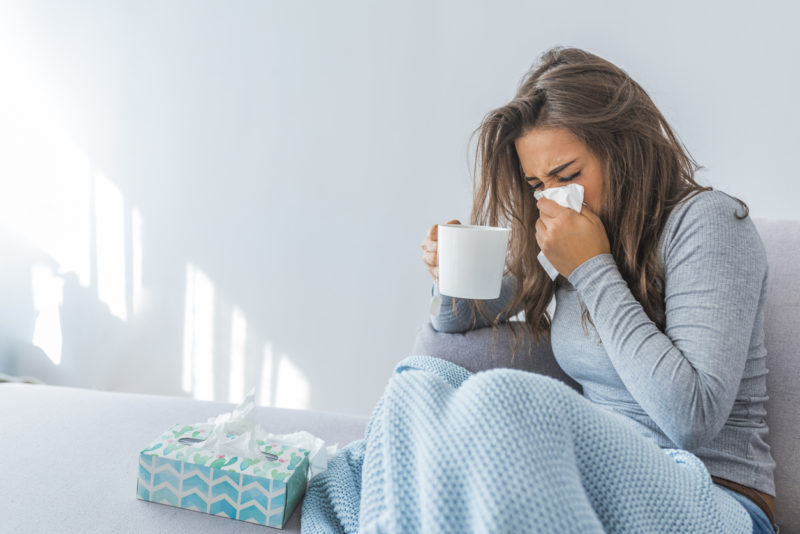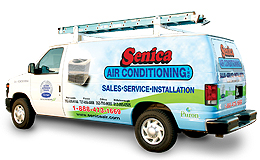After enjoying the nice summer weather in Pinellas County, Florida, it may be easy to forget the inconvenience of fall allergies. Ragweed pollen can trigger allergies through November, so keep an eye out for the following allergy symptoms this fall, and learn how to reduce symptoms indoors.
Eyes and Nose
If your eyes are continually watery or itchy and your nose is running, you may be experiencing fall allergies. Your symptoms may be worse outdoors where there’s ragweed pollen in the air, but those allergens can travel inside your home too. Since the weather is cooling down, you may open your windows to let in the cool, fresh air. However, be conscious of windy or high pollen count days. Avoid opening your windows on those days to reduce the amount of pollen and other allergens in your indoor air.
Lungs
If you or your child has asthma, be aware that the pollen and other allergens in the fall air may trigger asthma flare-ups. Reduce the wheezing and coughing spells indoors by using your HVAC system. The system will circulate your home’s air through an air filter, which catches air pollutants and keeps them from continuing to float throughout your home. A dirty filter can’t do its job to remove those air pollutants, so be sure to change out the filter in the fall to improve your indoor air quality.
Skin
Fall allergy symptoms can also include dry, itchy skin and even hives and eczema. Consider wearing a hat, a long-sleeve shirt, and long pants while outside. When you return home, wash the pollen off your skin and hair, and throw your clothes in the wash to help keep the pollen on your clothes from floating into your indoor air.
Keep your indoor air clean and healthy during this fall allergy season. Call Senica Air Conditioning, Inc. today at 866-881-5935 to schedule a ductwork inspection to further reduce indoor air pollutants in your home.
Image provided by iStock




